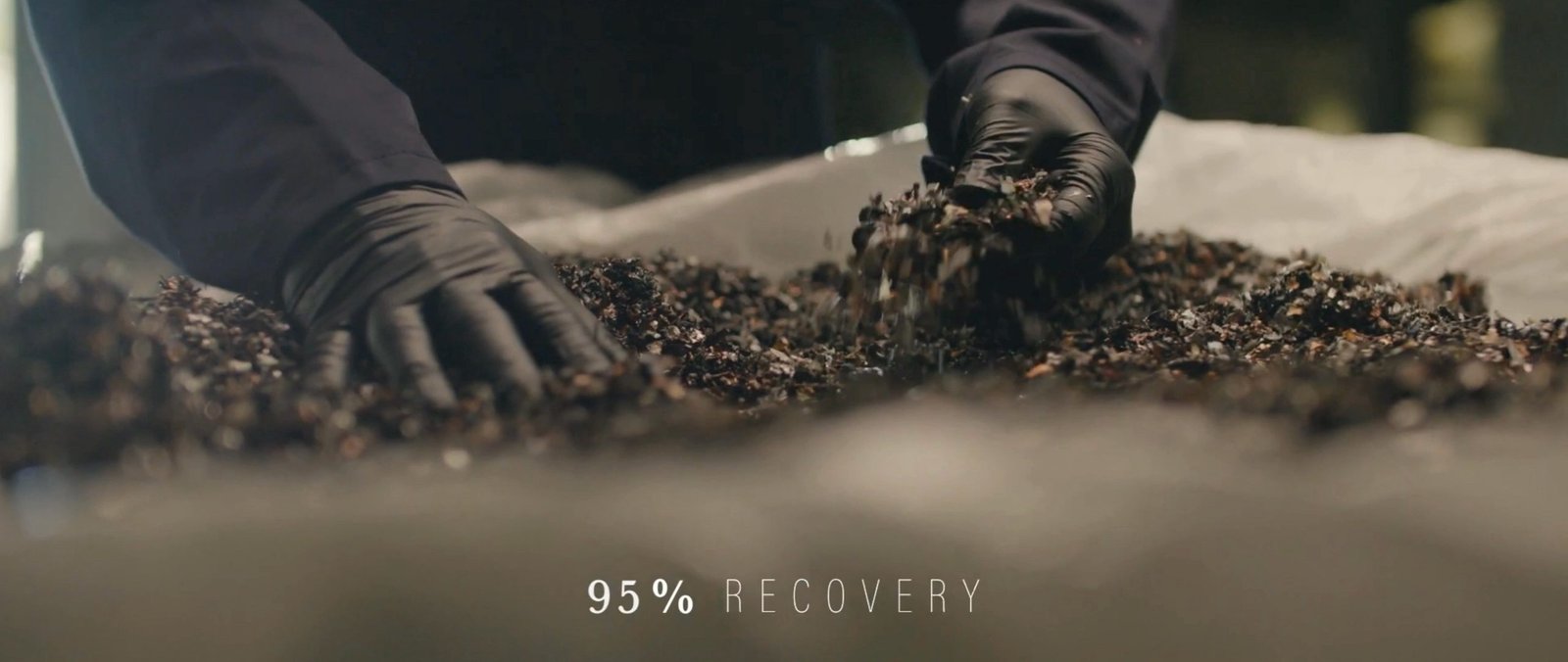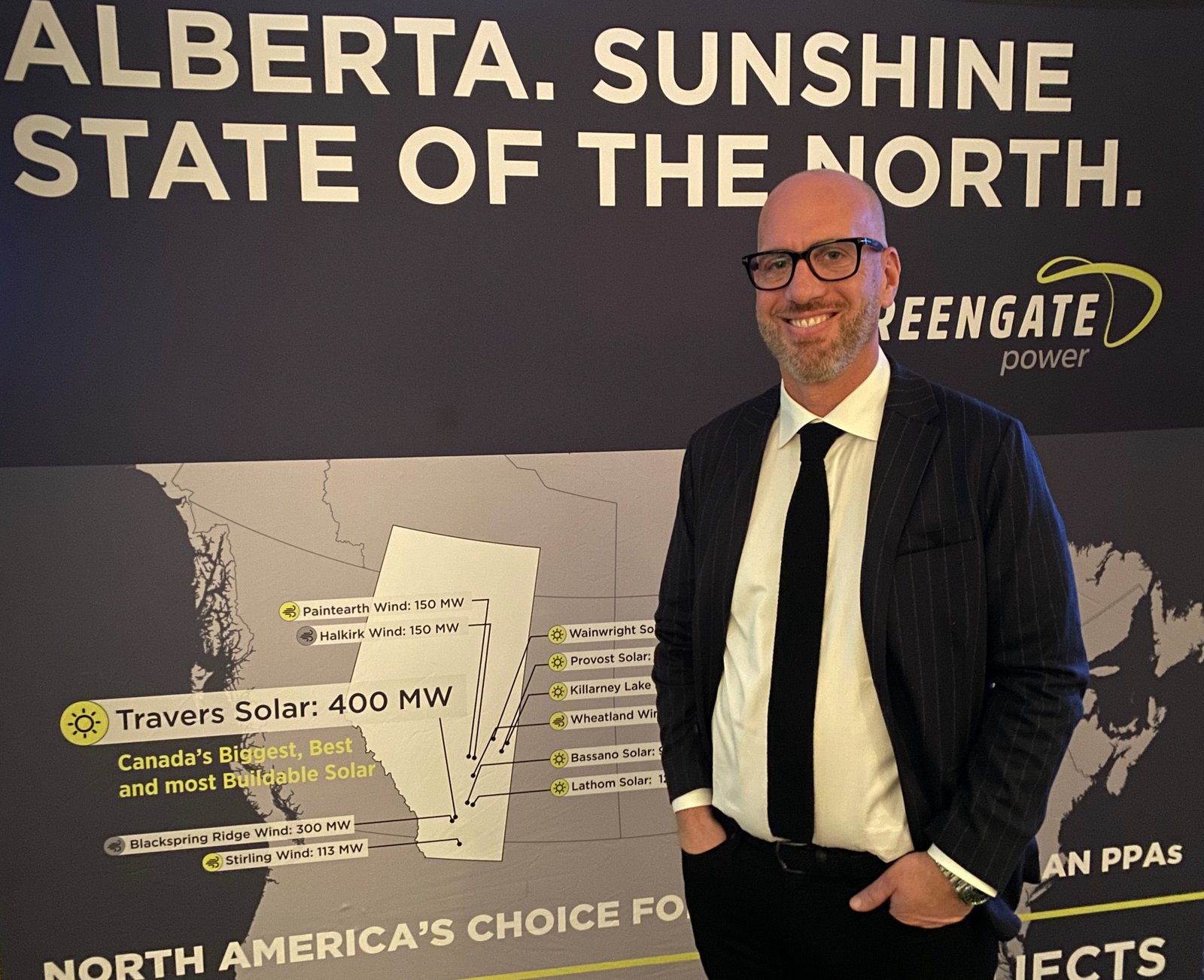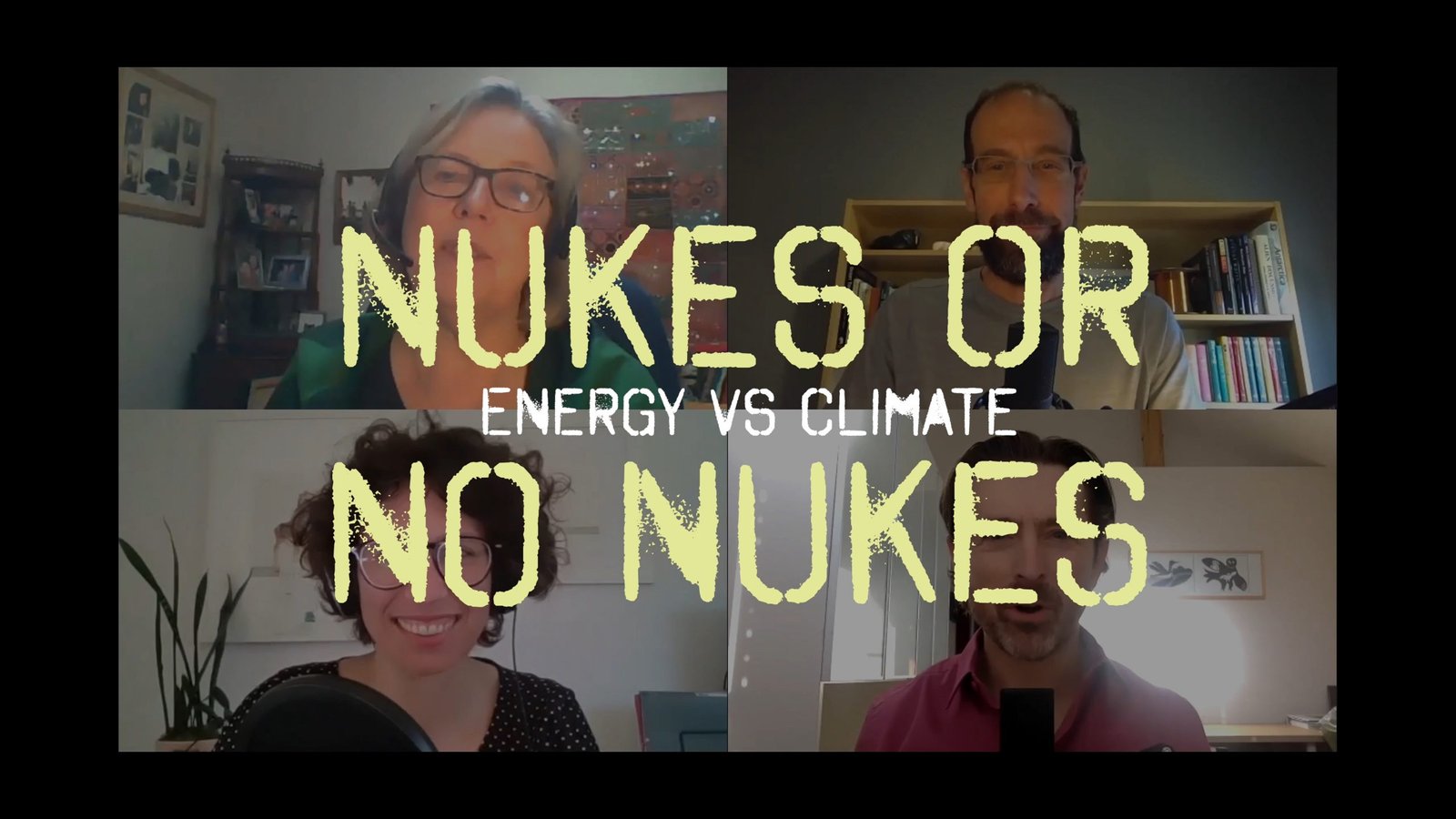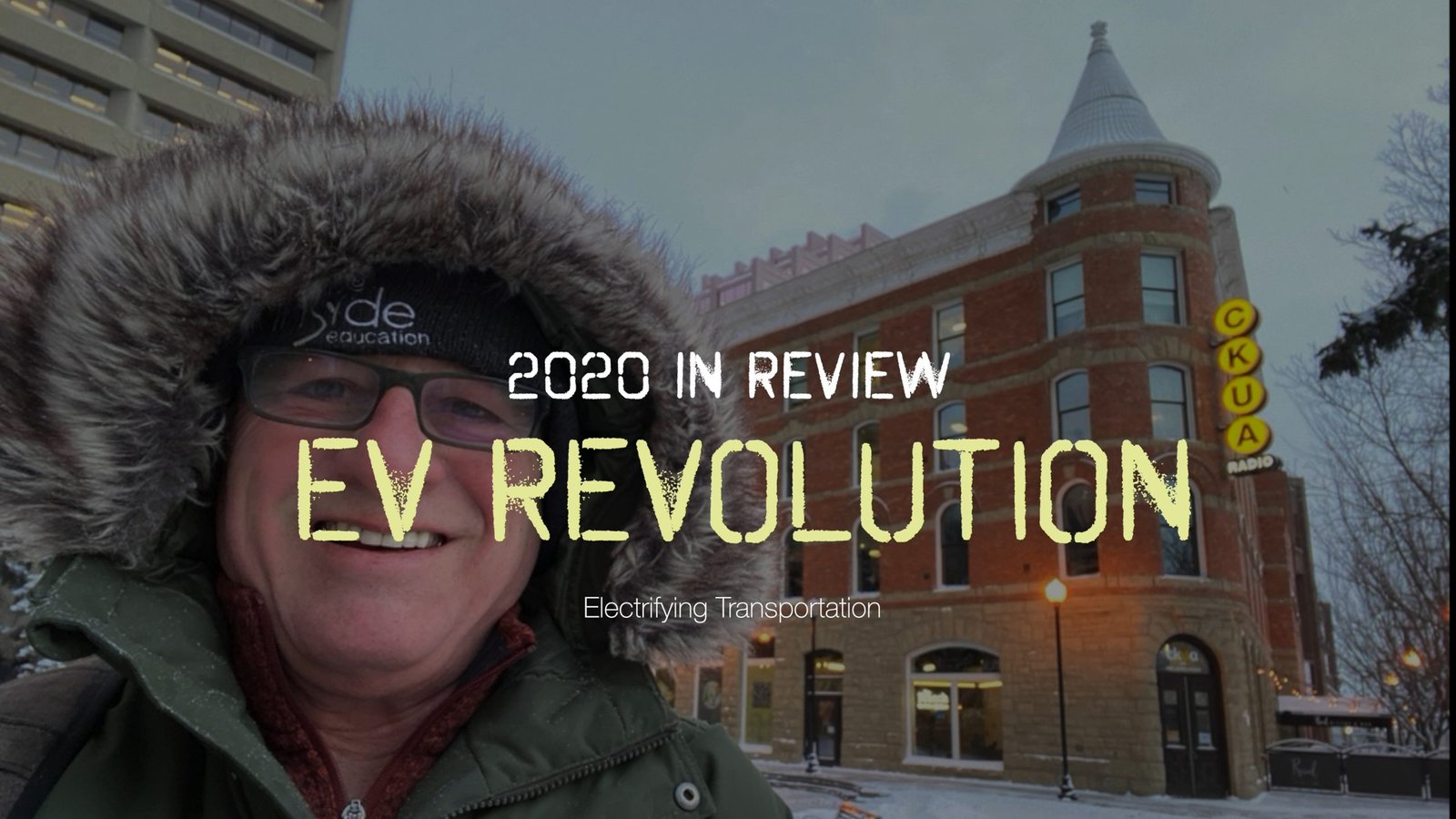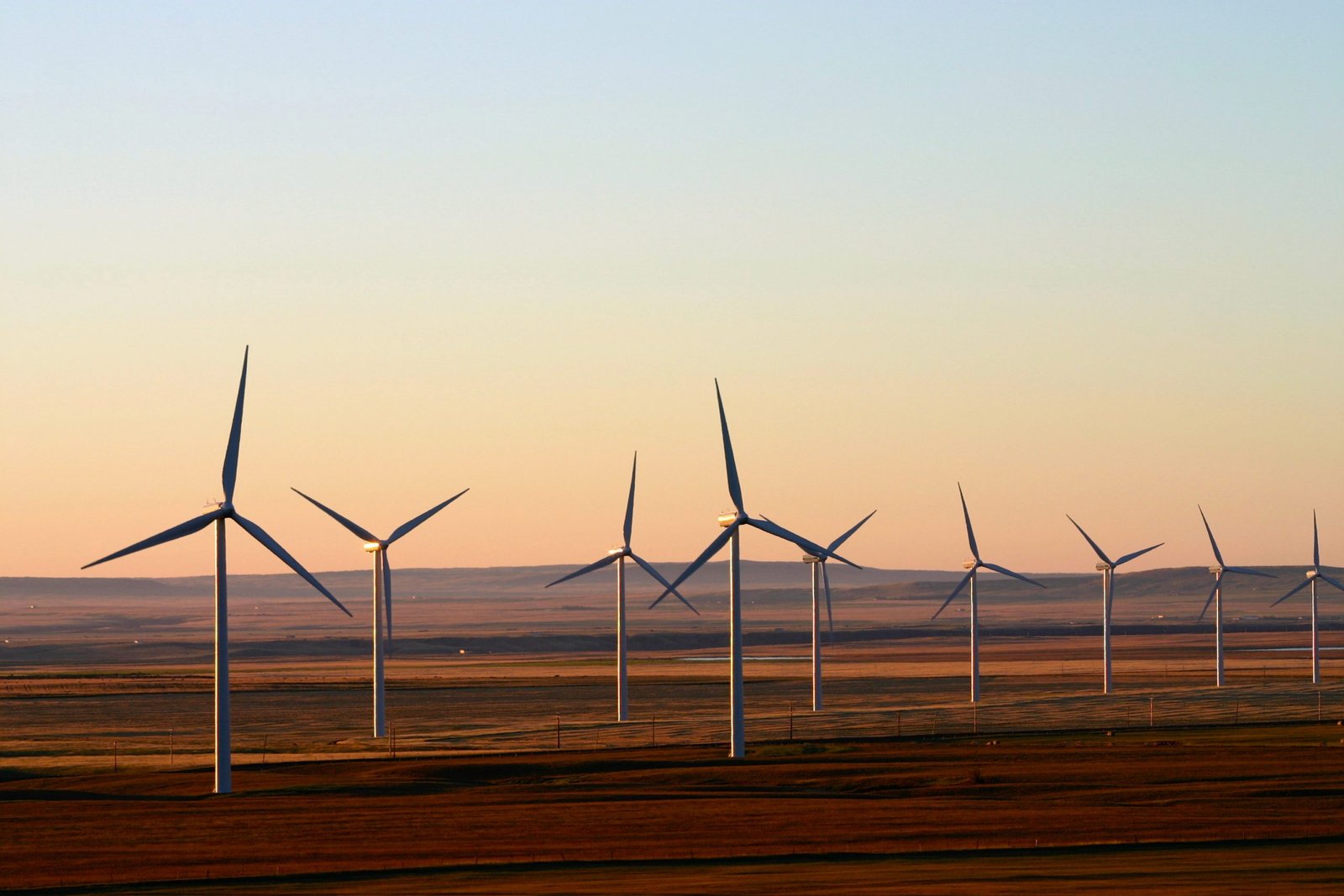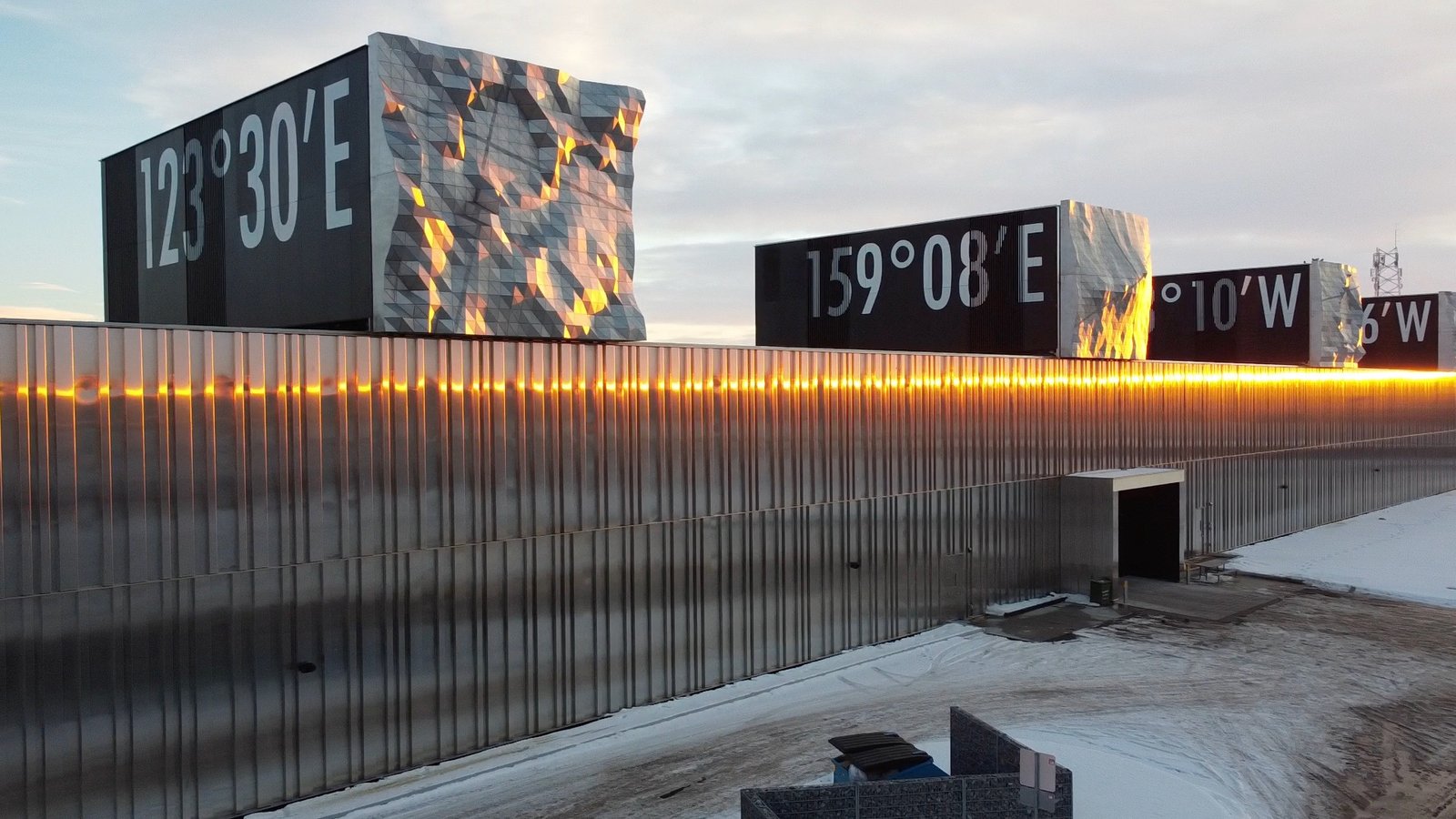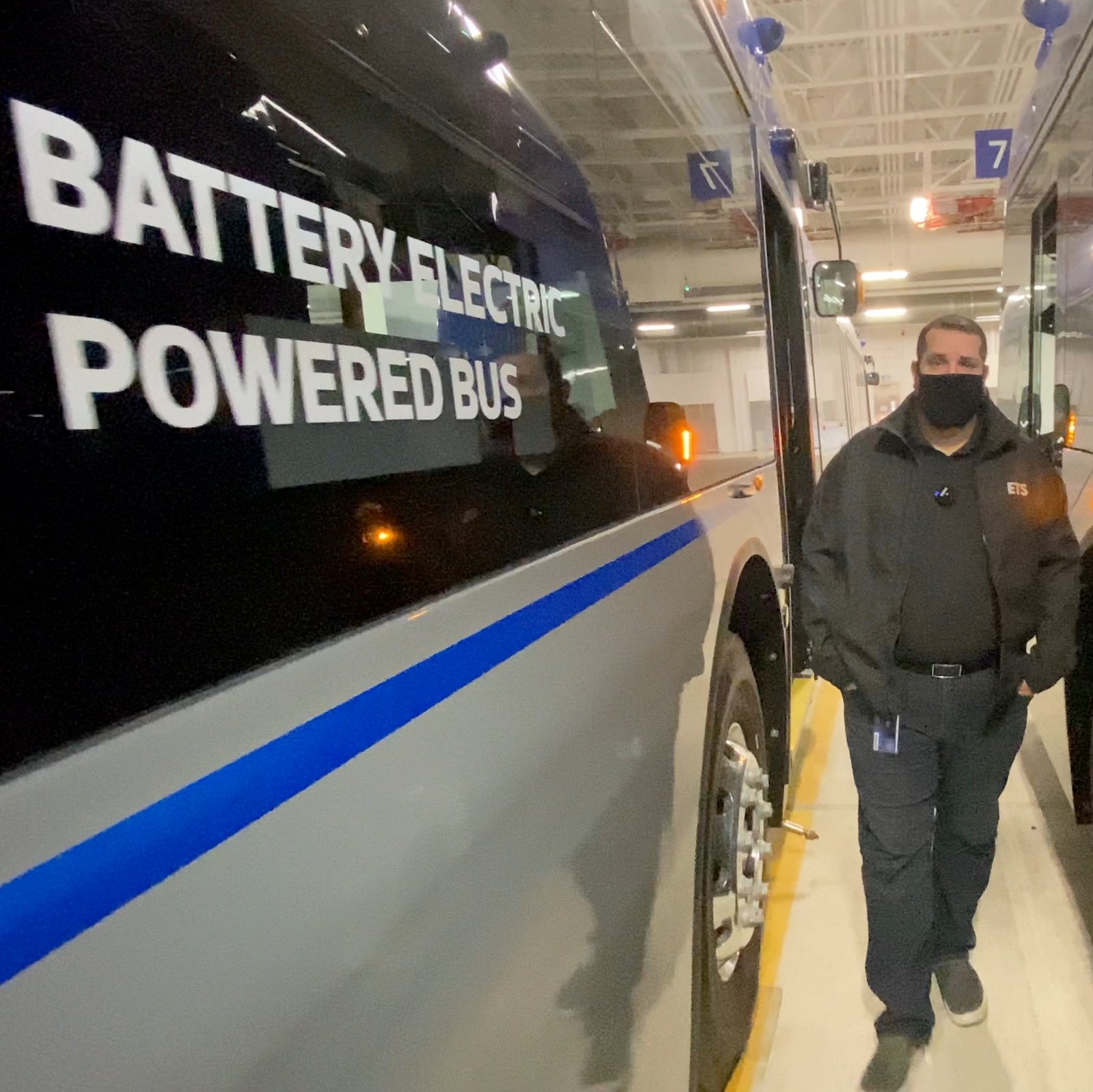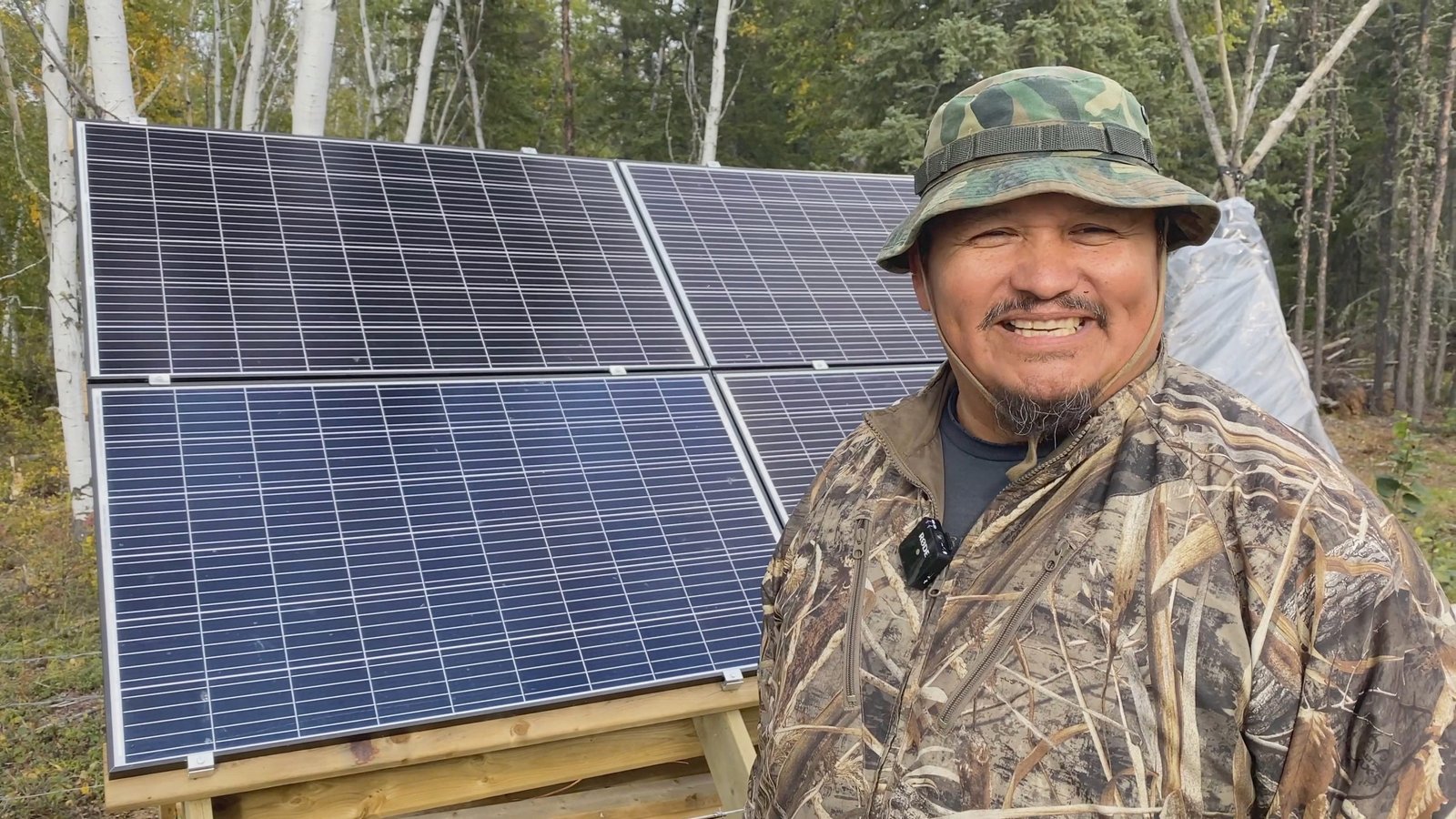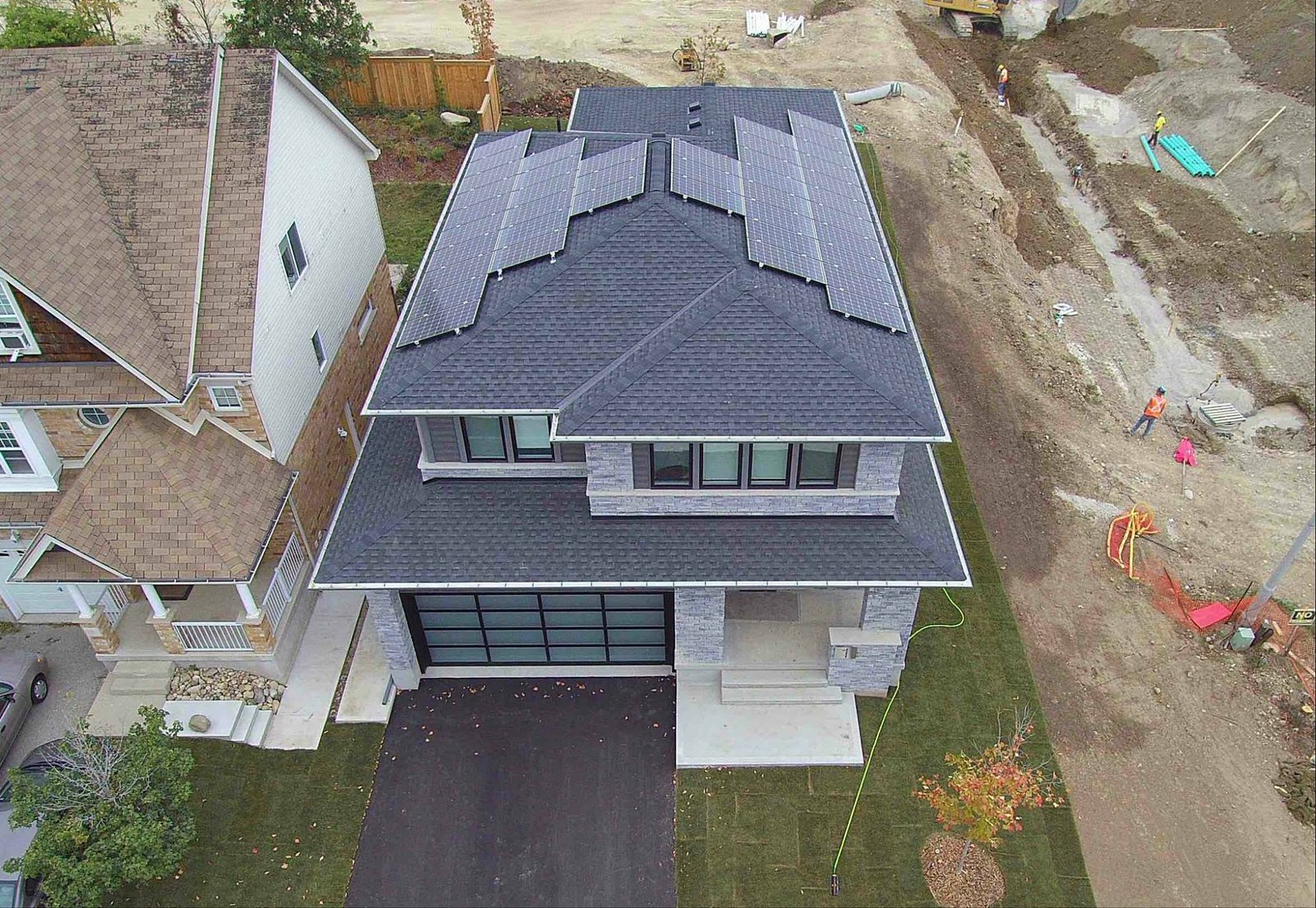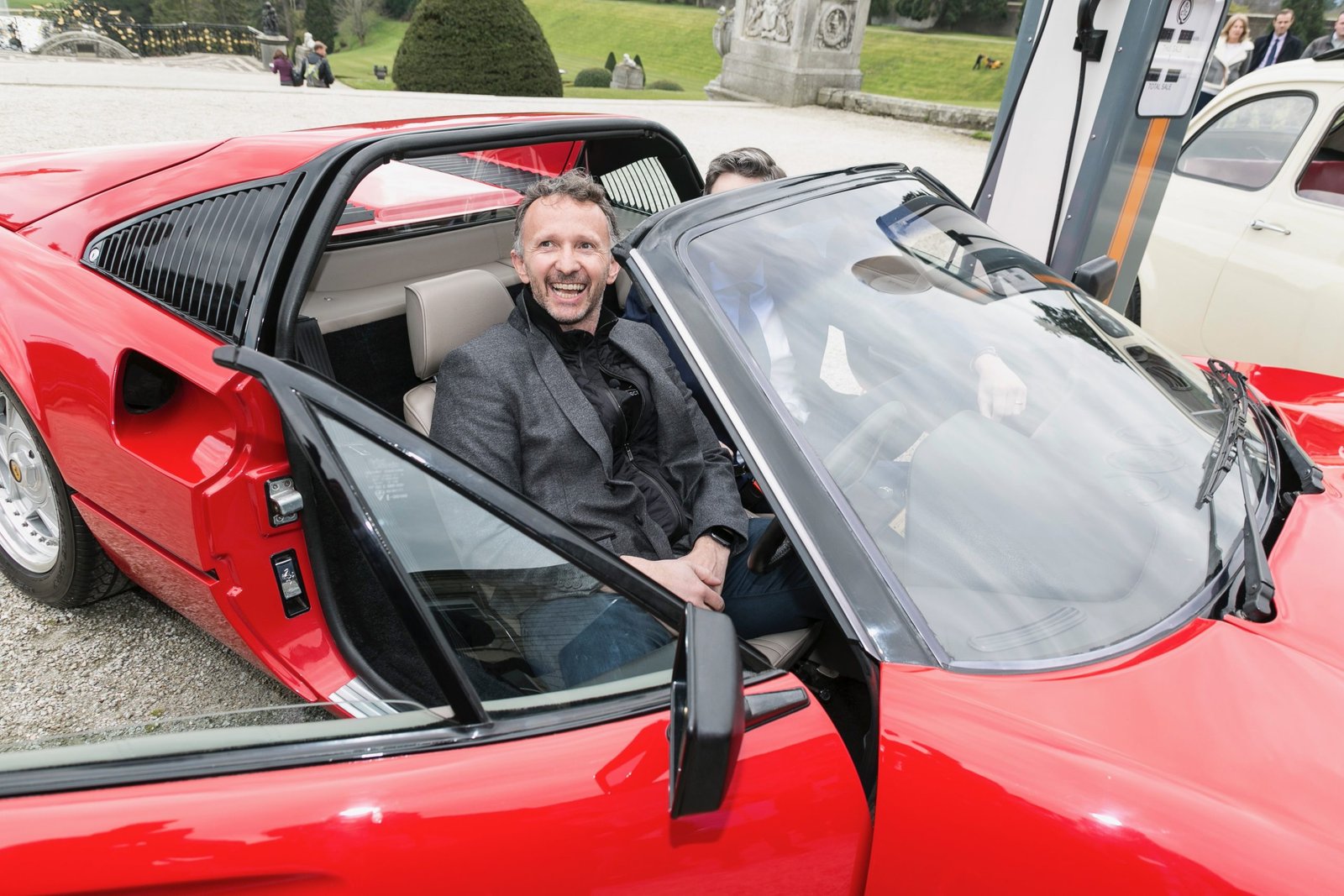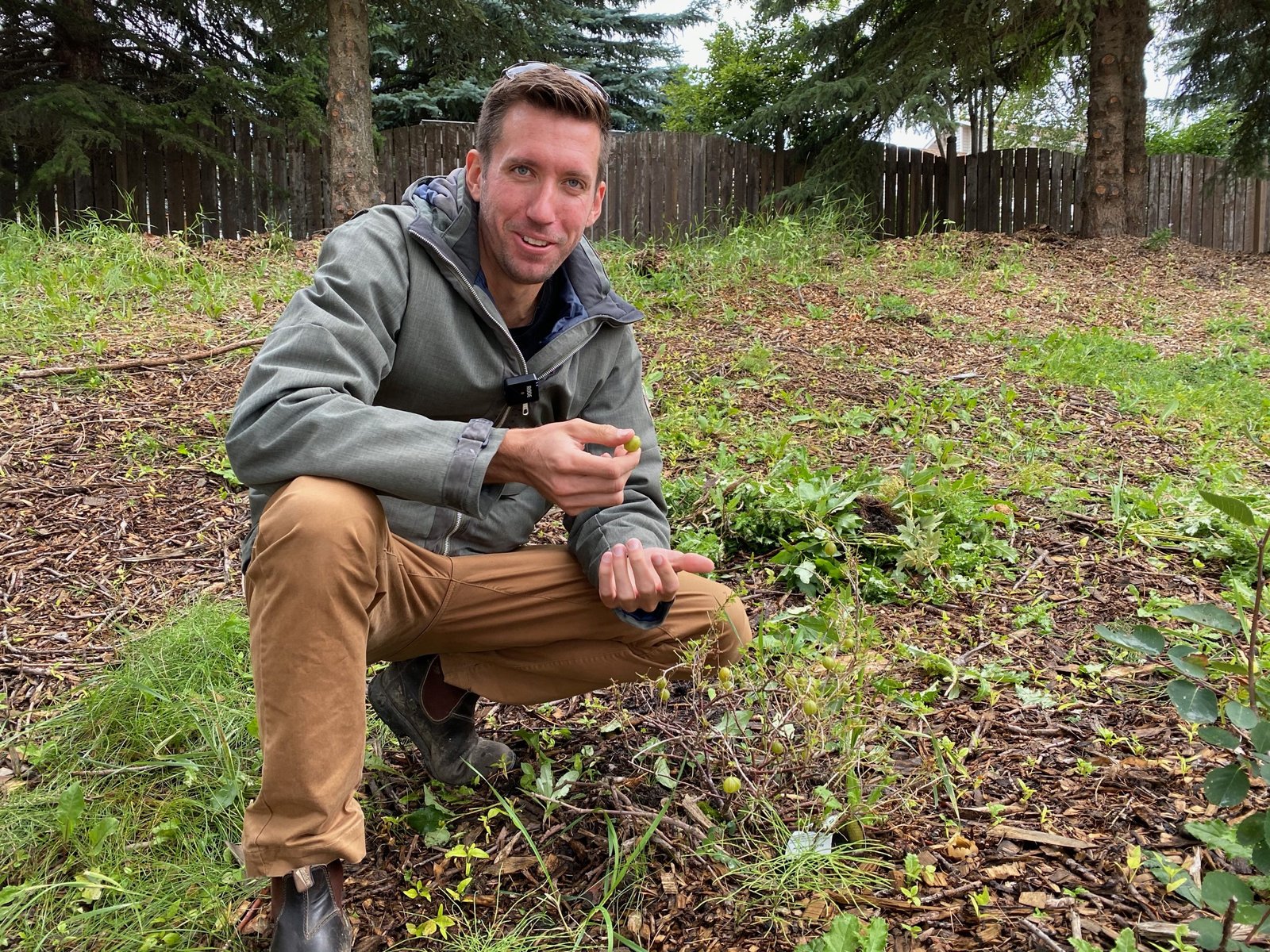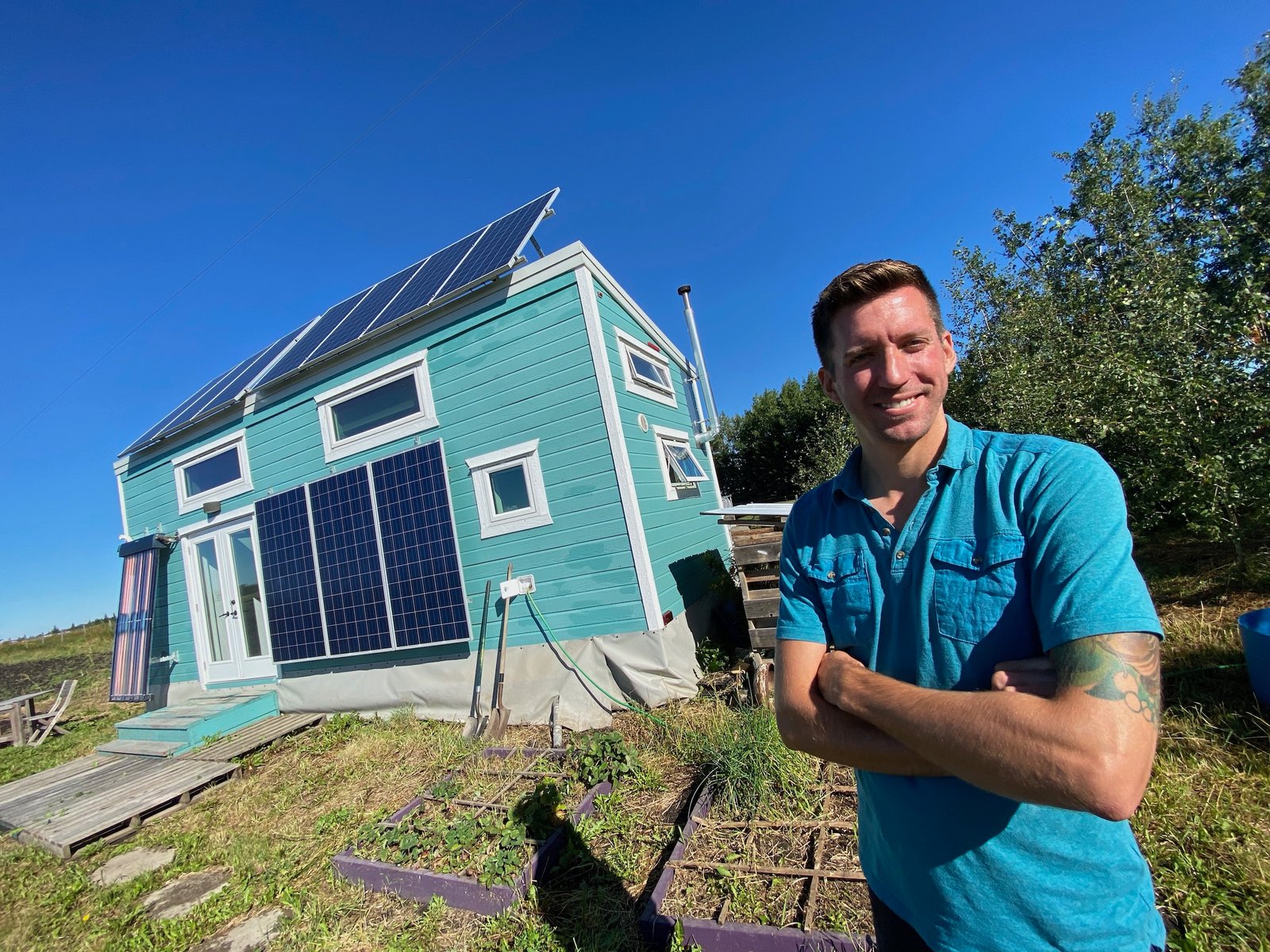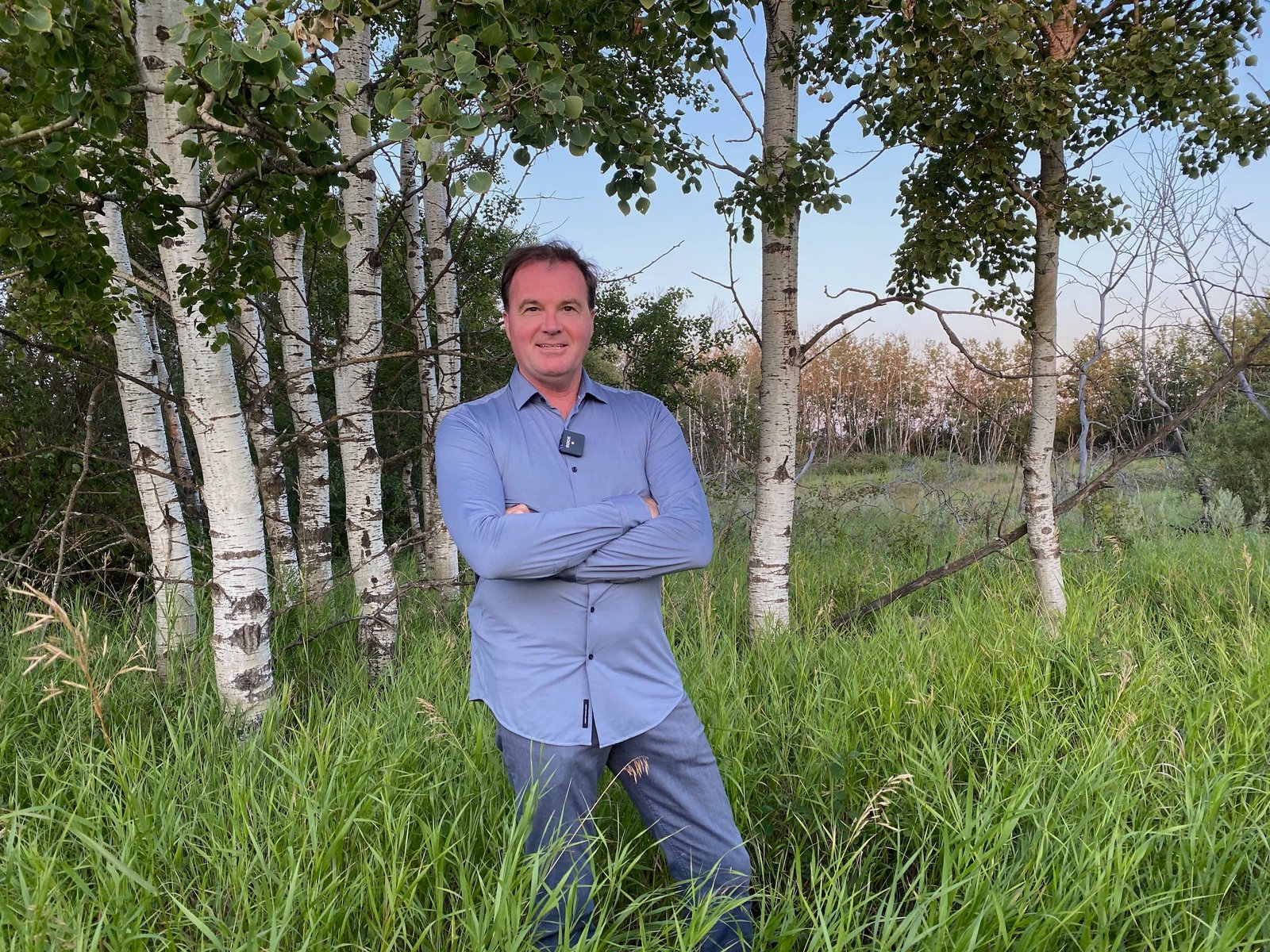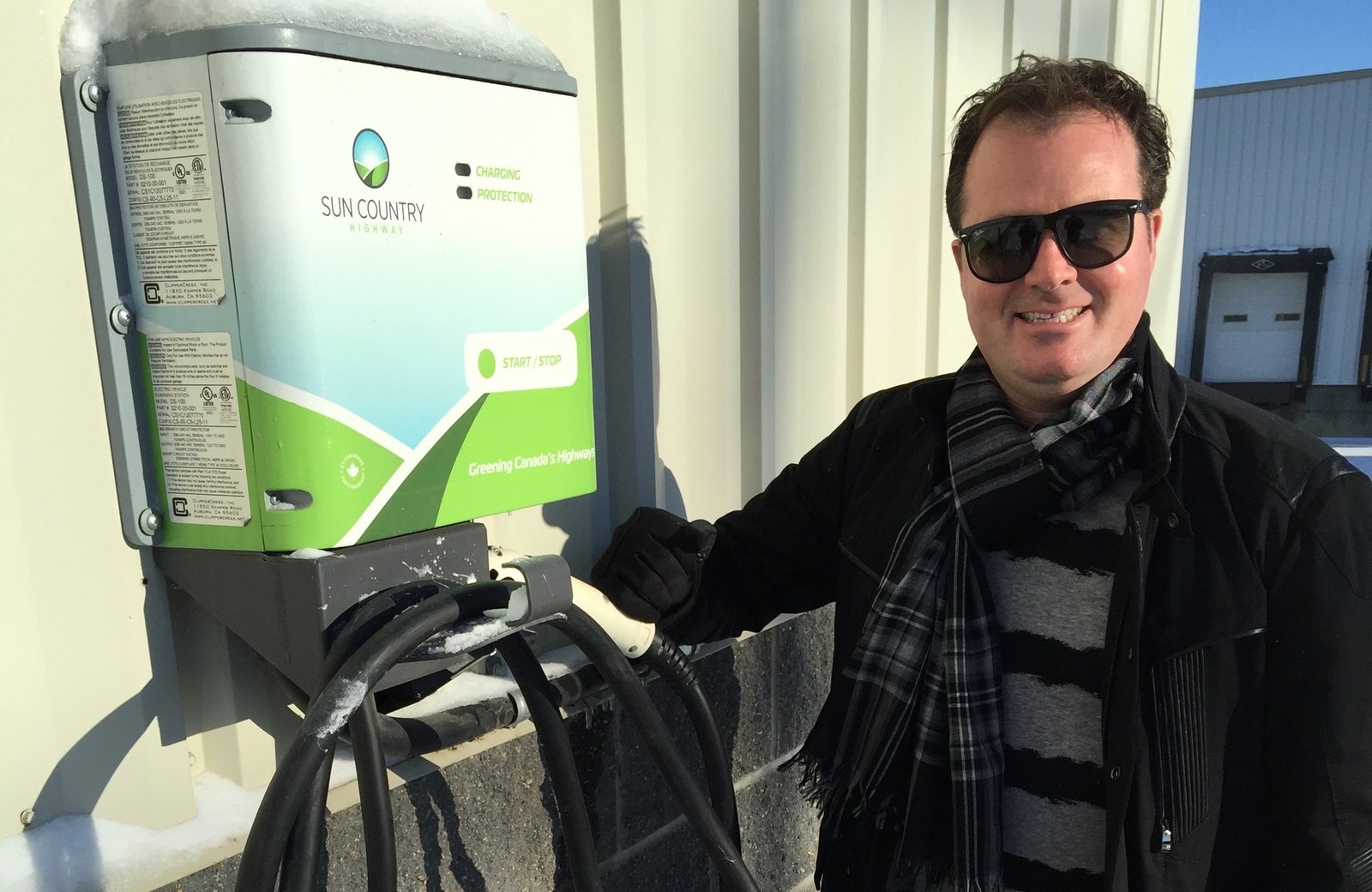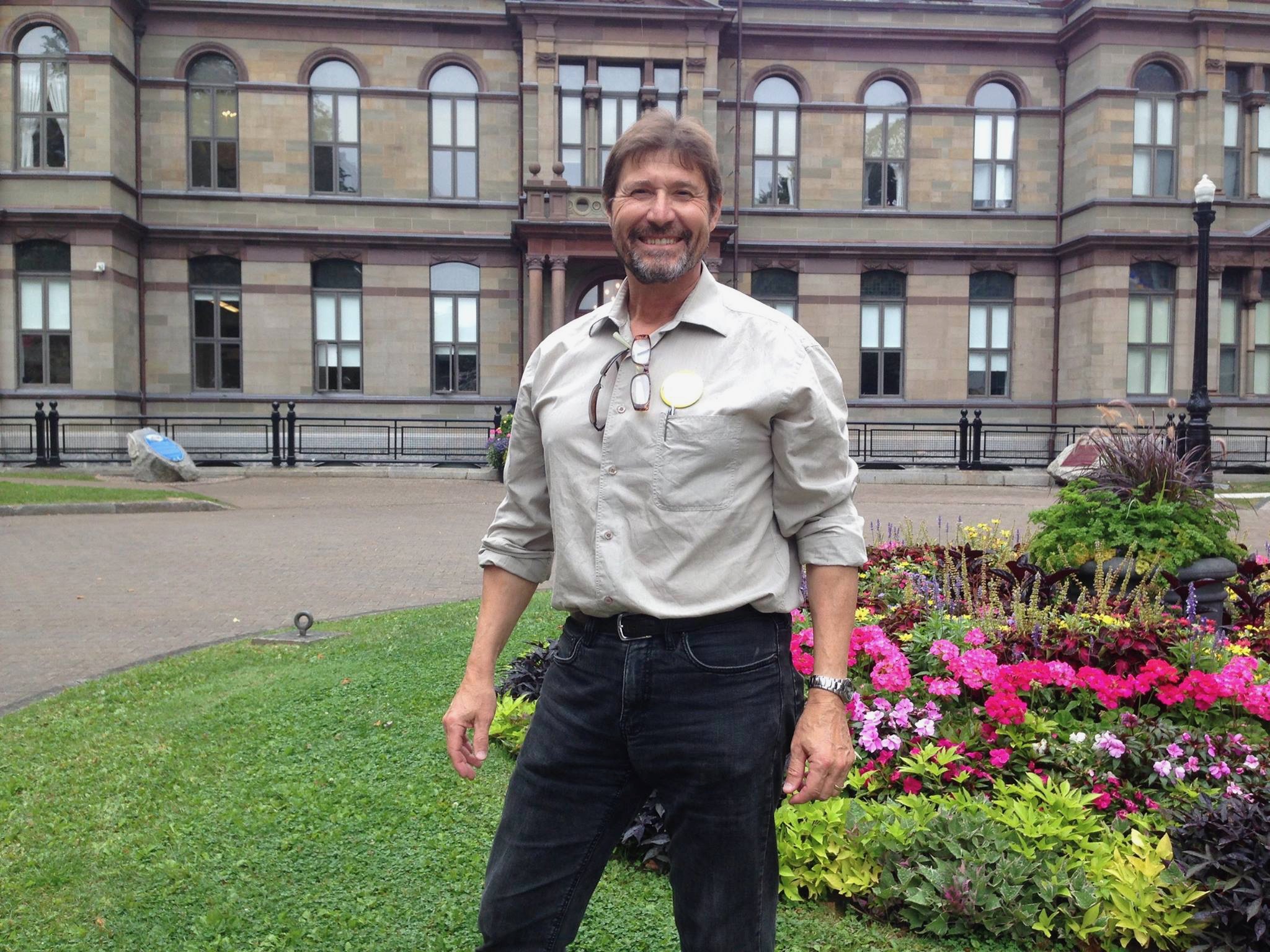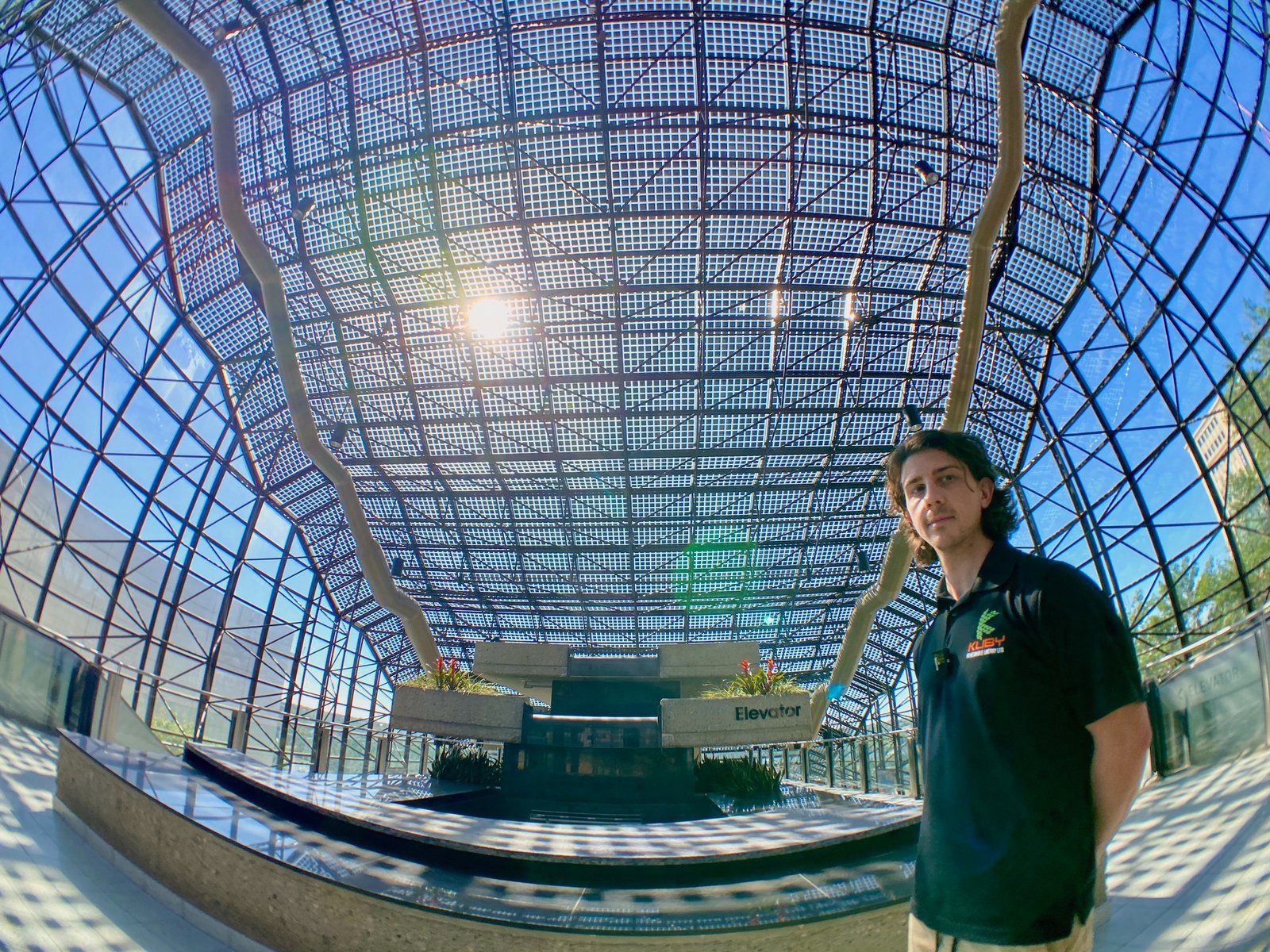By David Dodge Lithium-ion batteries have been the secret sauce fueling the explosion of super …
274. Alberta’s solar boom – The biggest story you haven’t heard about
By David Dodge and Kay Rollans “Small is beautiful.” In 1973, E.F. Schumacher used this …
273. Nukes or no nukes – Nuclear’s role in a low carbon future
The monkeys on nuclear’s back “Nuclear power is deeply stuck around the world with absurdly …
272. 2020 Year of the EV Revolution
By David Dodge, GreenEnergyFutures.ca Electrify everything. Such is the refrain from those who have modeled …
271. 2020 – Year of the Renewable Revolution
1. Renewable energy cheapest PODCAST – As 2020 winds down we look back at the …
270. E-bus Revolution II – Batteries included at Edmonton’s artsy home for electric buses
By David Dodge and Kay Rollans Electric vehicle aficionados know that modern EVs are some …
269. E-Bus Revolution – Edmonton is a national leader
UPDATE Mar. 8, 2024 – Last summer Proterra the U.S. manufacturer of electric buses filed …
268. Solar screw piles – How a boom in solar is diversifying the economy
By David Dodge and Kay Rollans We call it the dance of the screw pile …
267. Into the wild – solar is revolutionizing life at Raymond Cardinal’s cabin in Canada’s north
By David Dodge and Kay Rollans Solar is revolutionizing cabin life for Indigenous residents in …
266. Hello solar, goodbye gas generator – Indigenous solar cabins
By David Dodge and Kay Rollans Many of the people from the three Indigenous Nations …
265. Community-owned Indigenous Solar for Diesel in Canada’s North
By David Dodge and Kay Rollans In an amazing project, three Indigenous Nations in northern …
264. TerraView builds net-zero ready and only net-zero ready homes
By David Dodge and Kay Rollans TerraView Homes from Guelph, Ontario doesn’t just build homes—they …
263. Electrifi – back to the future with a 2000 hp electric Corvette Stingray
By David Dodge and Kay Rollans Norman Crowley believes that a successful economic affront to …
262. Norman Crowley: Capitalist fights climate change
By David Dodge and Kay Rollans Norman Crowley is a capitalist with on a mission …
261. How a boring church lawn was transformed into a food forest
By David Dodge and Kay Rollans In his final manuscript Wild Fruits, Henry David Thoreau …
260. Tiny Home Tour – Living large super efficiently
Kenton Zerbin gave up his career as a school teacher because he believes it’s imperative …
259. Carbon Plunk – Going Beyond Carbon Negative
Kent Rathewell calls it Carbon Plunk. More to the point he wants to create Carbon …
258. How Kent Rathwell created a zero-emissions birdseed company and the world’s longest green highway for EVs
By David Dodge and Kay Rollans It all started with birdseed When I first met …
257. HalifACT 2050 – How Halifax got its climate plan and a goal of carbon neutrality
By David Dodge Richard Zurawski is a meteorologist, a TV personality and a man with …
256. Solar as art – Edmonton’s solar skydome
By David Dodge It has to rate as one of the coolest solar projects in …
